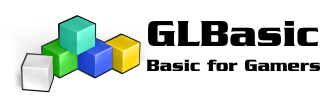Yeah it was MouseCount seeing 16 touches and the array is only 5.
I cobbled this together and it runs fine now.
I cobbled this together and it runs fine now.
Code (glbasic) Select
FUNCTION updateMice:
gm = GETMOUSECOUNT()-1
IF gm>4 THEN gm=4
FOR imouse% = 0 TO gm
SETACTIVEMOUSE imouse%
MOUSESTATE mx%, my%, b1%, b2%
mouse[imouse].x=mx
mouse[imouse].y=my
mouse[imouse].active=b1
NEXT
ENDFUNCTION





